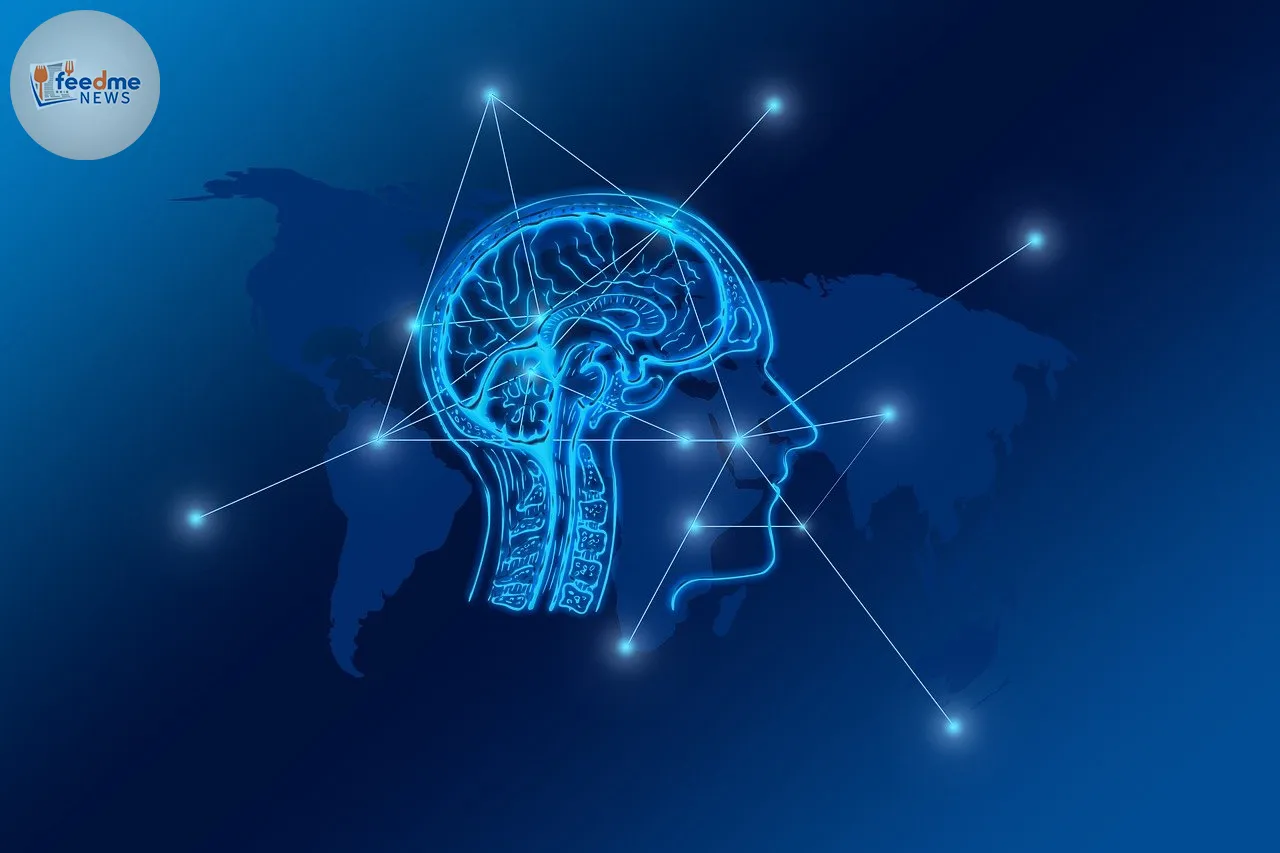Reading is an intricate skill that enables humans to acquire knowledge, pursue education, and complete various tasks. Recent advancements in psychology and neuroscience have shed light on how the brain processes written texts. Scientists have been delving into this complex cognitive function to understand its neural underpinnings. This exploration not only enhances our comprehension of the brain’s capabilities but also opens doors to potential educational innovations.
The research, conducted by a team of neuroscientists, focuses on identifying which parts of the brain are activated during reading. This endeavour is crucial, as it provides insights into how we process information and could lead to improved teaching methods and learning resources.

The Brain’s Reading Network
In recent studies, researchers used advanced imaging techniques to map out the brain’s reading network. This network comprises several regions that work together to decode and understand written language. The primary areas involved include the occipital lobe, responsible for visual processing, and the temporal lobe, which helps in recognising words and their meanings.
Dr. Sarah Mitchell, a leading neuroscientist in the study, explains, “Reading engages a complex interplay of brain regions. Our findings highlight the importance of the left hemisphere, particularly the angular gyrus and Wernicke’s area, in language comprehension.”
The research also emphasises the role of the prefrontal cortex in decision-making and predicting the next steps in a narrative. This discovery suggests that reading is not only about recognising words but also involves higher-order cognitive functions.
Timing and Location of the Study
The study was conducted over two years, beginning in January 2023 and concluding in December 2024, at the renowned Cognitive Neuroscience Institute in London. The researchers employed functional magnetic resonance imaging (fMRI) to observe brain activity in real-time as participants engaged in reading tasks.
This timing is significant as it coincides with technological advancements that offer more precise imaging capabilities. These advancements allow scientists to observe the brain’s response to reading with unprecedented clarity and detail.
Insights from the Study
The study’s findings reveal that reading is a dynamic process involving multiple cognitive functions. It is not just about decoding symbols but also about integrating sensory information, memory recall, and predictive reasoning. The research highlights the brain’s adaptability and its ability to develop specialised regions for reading, a relatively recent evolutionary development.
Dr. Mitchell notes, “Our research underscores the brain’s remarkable plasticity. The ability to read and comprehend text is a testament to the brain’s capacity to reorganise and adapt to new challenges.”
These insights could have profound implications for understanding and addressing reading disorders such as dyslexia. By pinpointing specific brain regions involved in reading, educators and clinicians can develop targeted interventions to support individuals struggling with these challenges.
Educational Implications
The study’s findings have significant implications for educational practices. Understanding the neural processes involved in reading can inform the development of teaching strategies that align with how the brain naturally processes written information.
Educators can utilise this knowledge to create more effective literacy programmes, tailored to engage the brain’s reading network. Such programmes could incorporate multi-sensory learning techniques, which have been shown to enhance reading skills by engaging different brain regions simultaneously.
Moreover, the research could lead to the creation of personalised learning plans, catering to individual students’ cognitive profiles. This approach ensures that each learner receives the support they need to develop their reading abilities.
Future Directions
The study opens several avenues for future research. Scientists are now interested in exploring how the brain’s reading network develops over time and the impact of different languages on brain activity. Additionally, there is growing interest in how digital reading, prevalent in today’s technology-driven world, affects the brain compared to traditional print reading.
Dr. Mitchell and her team plan to expand their research to include diverse populations, examining how cultural and linguistic differences influence the brain’s reading processes. This broader perspective could lead to a more comprehensive understanding of reading as a universal skill.
In summary, this groundbreaking research offers valuable insights into the brain’s intricate processes involved in reading. By mapping the brain’s reading network, scientists have taken a significant step towards understanding how we make sense of written texts. The implications of these findings extend beyond neuroscience, offering potential innovations in education and interventions for reading disorders. As research continues to evolve, it holds the promise of unlocking even more secrets of the brain’s remarkable capabilities.





